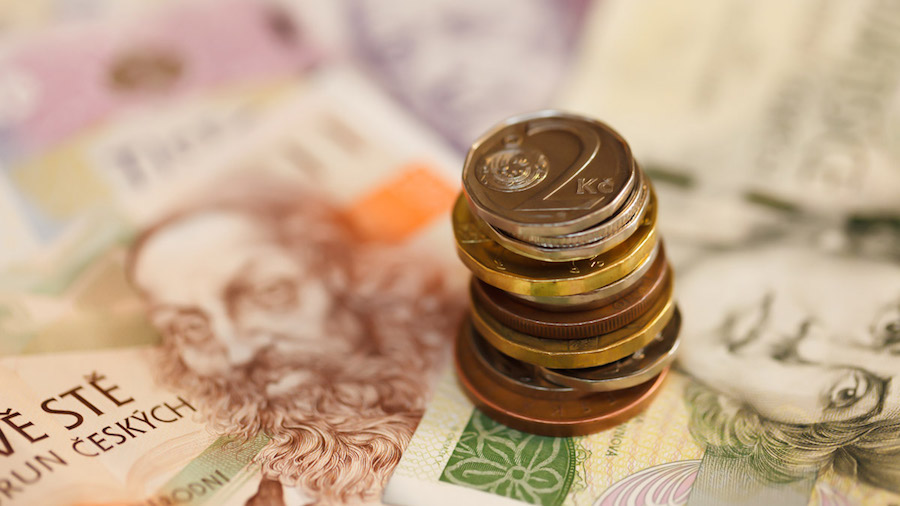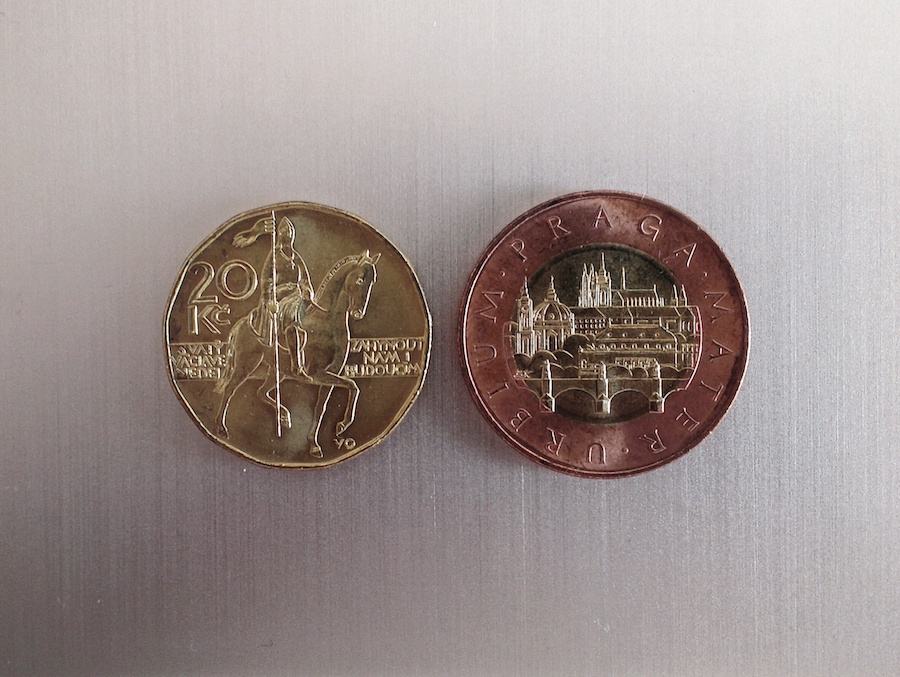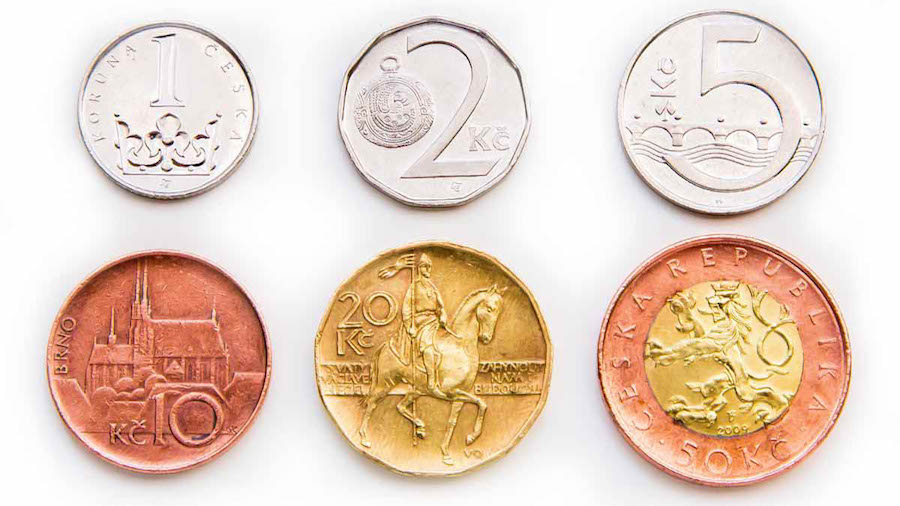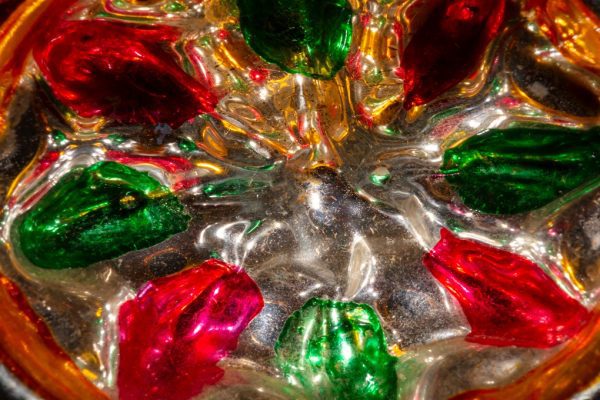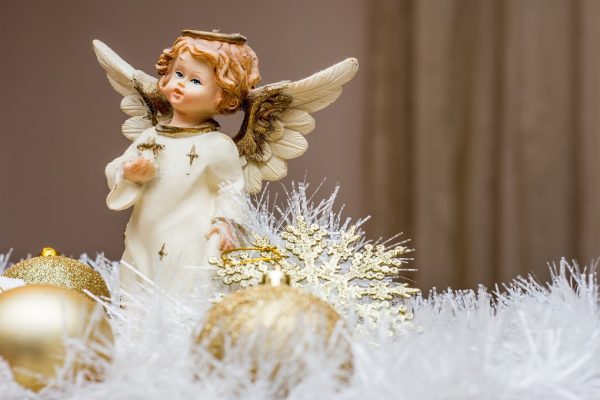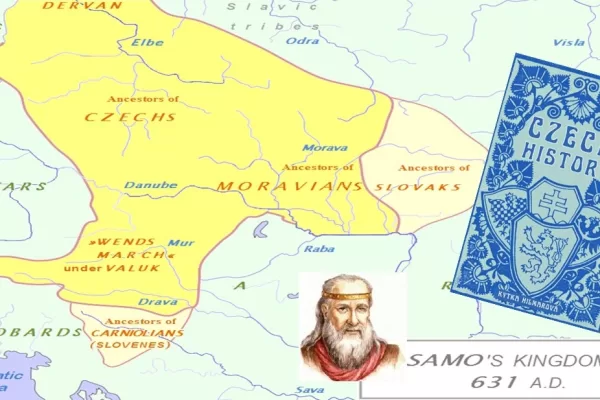Just like most places in the world, Czech currency is made up of paper bills along with coins, and though the Czech Republic is officially part of the European Union, Euros are rarely accepted at Czech establishments. Instead, the Czechs use their own form of currency known as the Koruna (meaning “Crown” in English), also abbreviated as CZK or Kč.
Before 1993, the currency of the Czech people was known as the Czechoslovak koruna, but after Czechoslovakia split and separate currencies for Bohemia, Moravia and Slovakia were introduced, the Koruna became the new form of currency for the Czech people.
Many say the Czech Koruna was the first autonomous currency, introduced after the declaration of the autonomy of them called Czechoslovakia. But the history of the Koruna dates further back to the 1800s, when a currency called the krone in German and koruna in Bohemia were introduced as the first modern gold currency in the Austrian-Hungarian empire.
The Czech Koruna had a brief break between 1939 – 1945, and with the occupation of the German Reich, the Koruna lost its use, and the Czechs became instead dependent on the Reichsmark. But with the liberation at the end of the war, came the resurrection of the currency.
There are currently twelve forms of Koruna in circulation. Czechs have six banknotes and six coins, all amounting in different values. The banknotes in denomination are 100, 200, 500, 1,000, and 2,000 koruna. Their is also a 5,000 koruna note but it is seldom used. You’ll want to read our post on Czech banknotes and the people on them, here!
Koruna coins, which rise in value with weight and size in denomination are 1, 2, 5, 10, 20, and 50. Each of the coins in current use were designed by Czech architect Ladislav Kozák, and each is beautiful in their own way. There are also a few specialty and commemorative coins which have a higher worth.
Before 2008, when they were discontinued, the Czechs also used to use coins known as haléř or hellers but they have since been disappearing from circulation.
The term heller (Czech: haléř, Slovak: halier) was used for a coin valued at 1/100 of a Koruna (crown) in the Czech Republic (Czech koruna) and Slovakia (Slovak koruna), as well as in former Czechoslovakia (Czechoslovak koruna).
Only the currency of the Czech Republic continues to use Hellers (haléře), although they survive only as a means of calculation — the Czech National Bank removed the coins themselves from circulation in 2008 and notionally replaced them with rounding to the next koruna.
All Czech currency is exclusively issued by the Central Bank of the Czech Republic (CNB).
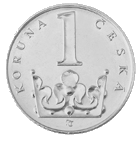 The 1 CZK coin is made of nickel plated steel. On one side is the lion from the Czech coat of arms, and the underside has St. Wenceslas’ Crown.
The 1 CZK coin is made of nickel plated steel. On one side is the lion from the Czech coat of arms, and the underside has St. Wenceslas’ Crown.
The 2 CZK coin, also made of nickel plated steel, has the coat of arms lion on its 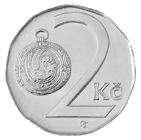 top side, but the underside has the Grand-Moravian jewel.
top side, but the underside has the Grand-Moravian jewel.
The 5 CZK coin is once again made of nickel plated steel, but is slightly bigger then the previous coins. On one side is the 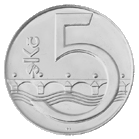 coat of arms lion, and on the other is the Charles Bridge.
coat of arms lion, and on the other is the Charles Bridge.
The 10 CZK coin is made of copper-plated steel. Again the topside is decorated with the coat of arms lion while the other side has a Brno cathedral. There is also another version of this coin which has a piece of machinery.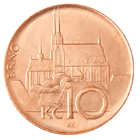
The 20 CZK coin also has two versions. Both are coated 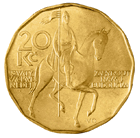 Brass-plated steel. On one side, just like all the other coins have the symbol of the Czech lion, the other side of one has St. Wenceslas riding his horse resembling the famed statue in Wenceslas Square, and the other has a fragment of an astronomical machine.
Brass-plated steel. On one side, just like all the other coins have the symbol of the Czech lion, the other side of one has St. Wenceslas riding his horse resembling the famed statue in Wenceslas Square, and the other has a fragment of an astronomical machine.
The 50 CZK coin is made up of Copper-plated and Brass-plated steel and is 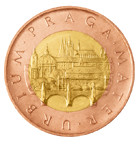 separated into two circles, on one side is the coat of arms lion, and on the other, in the inner part of the circle (the brass part) is decorated with a typical scape of the city of Prague.
separated into two circles, on one side is the coat of arms lion, and on the other, in the inner part of the circle (the brass part) is decorated with a typical scape of the city of Prague.
Whenever you are traveling abroad you should research the currency of the place you are going, also make sure to check the exchange rate online before going in to change your money.
If you have not already subscribed to get TresBohemes.com delivered to your inbox, please use the form below now so you never miss another post.
Remember, we rely solely on your donations to keep the project going.
Become a friend and get our lovely Czech postcard pack.

